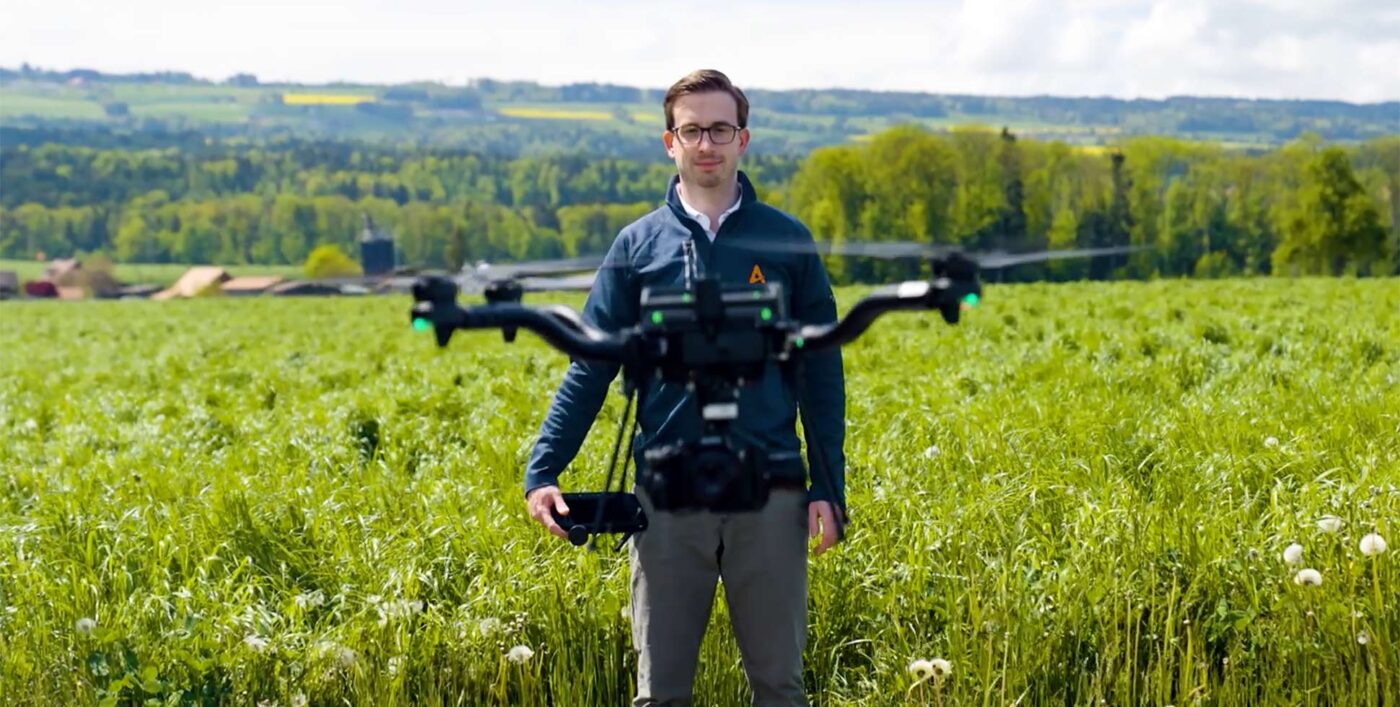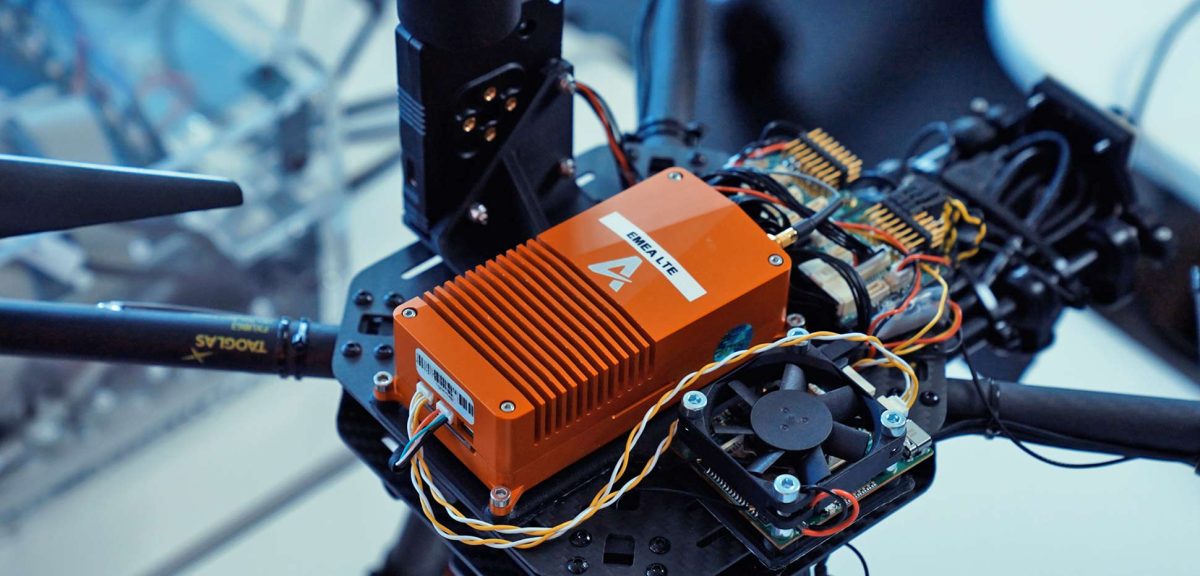The Sky’s the Limit for Open-source Drone Tech

When I created the PX4 drone platform in 2011, I could never have dreamed it would become the most widely used open-source flight controller for drones and other unmanned vehicles. Today, PX4 sits at the heart of what we do at the company I co-founded, Auterion.
I’d always been interested in tech and remote-controlled cars and airplanes, and I did my bachelor’s degree in computer science. But like so many in tech today, my story really kicked off when smartphones went mainstream. It was the effect that smartphone technology had on the industry that pushed me to explore what might be possible if you put that level of intelligence inside an unmanned aerial vehicle (UAV).
At that time in 2007, sensors in drones were costly, and so most drone projects were purely hobby-based. But the prevalence of smartphones meant their powerful sensor technology became so affordable that it created the opportunity for people to start really working on advancing drones. I was one of those people.
My college research project was focused on running computer vision on drones. But what I hadn’t factored in was that, back then, you couldn’t just buy the kinds of drones that would allow you to put a computer onboard. And so, I and a team of 14 students set out to build that drone ourselves. Now, in hindsight, I would say that what was a ludicrous idea. As a bunch of students, you can’t generally build a piece of technology that sophisticated, but we didn’t know that, and then we just happened to succeed. I think that’s how all the best innovations happen — by people not knowing and then doing it. (This is also why I love hiring and working with interns today. They don’t know yet that things aren’t possible, and so they still try.)
Creating accessible drone technology

Today, the Arm-powered PX4 technology that was born from that research project is maintained by the open-source community and has made drone technology accessible to industries all over the world without the need for expensive infrastructure or massive engineering teams. Building off this momentum, my company, Auterion, provides a user-friendly software platform that gives non-developer innovators what they need to hit the ground running across the robotics landscape. We’ve found there is truly a global need for this kind of technology.
Not only is PX4 technology created to run on Arm processors, but we are also inspired by Arm’s story as a company. Arm didn’t just go and build its own processor — it enabled the entire industry and built an ecosystem that made mobile computing feasible and standardized the industry. In the same way that Arm enables tech innovators to focus on building the exact type of chip with the exact peripherals that their end customer needs, PX4 and Auterion give people access to drone operating systems and empower them to think big and do bold things.
From the very beginning and over the years since PX4 has been in existence, it was always my goal to make and keep the technology open source. There is a rich community of developers who contribute to the success of PX4, and therefore play their part in all the good that drone technology can do for the world — from helping fight fires and search & rescue efforts to humanitarian aid in remote locations. The list goes on and grows at the rate of need and innovation.
I think it’s important that industry leaders do their best to create and collaborate with their community for technology to advance. It might seem counterintuitive from a monetary standpoint, but if we can’t progress at the same rate or faster than others in the industry, what’s the point? Because of this social good attitude, from its inception, PX4 has become the default flight control software that is driving the drone industry today. We want the world to benefit from drones and robotics because we truly believe in their power to do amazing things.
The not-so-distant future of drones, robotics, and autonomous systems
Peeking just around the corner at what’s to come, the future of this kind of technology is very much here today. My team at Auterion and I have been involved in some research projects where we are experimenting with not just single drones or robots, but entire autonomous systems. Each system has access to a cloud of robots and can decide on and deploy one at its discretion, depending on which will be the best fit for the task. I know it sounds like science fiction, but this is what we are working on today.
Bringing this level of autonomy to life will be thanks to 5G, which will make high-bandwidth communication ubiquitous and affordable. For anyone who asks me about 5G, I tell them it likely won’t change their day-to-day lives much and it can often sound like a lot of marketing hype. After all, we already have fast, mobile internet. But for autonomous systems, 5G will be the same accelerator as smartphones were for apps an innovation today, because it gives us cheap connectivity for autonomous systems at scale, and that is absolutely required to create the autonomous cloud that can take on jobs and do good for humanity.
Made Possible by Arm
Made Possible is a homage to people who push the boundaries, do big things, and embrace the future of innovation as limitless. Every inspiring technology you see is a result of hard work and big dreams. The technology is a result of Arm and our partners working together to make the world a more connected place.
Any re-use permitted for informational and non-commercial or personal use only.













